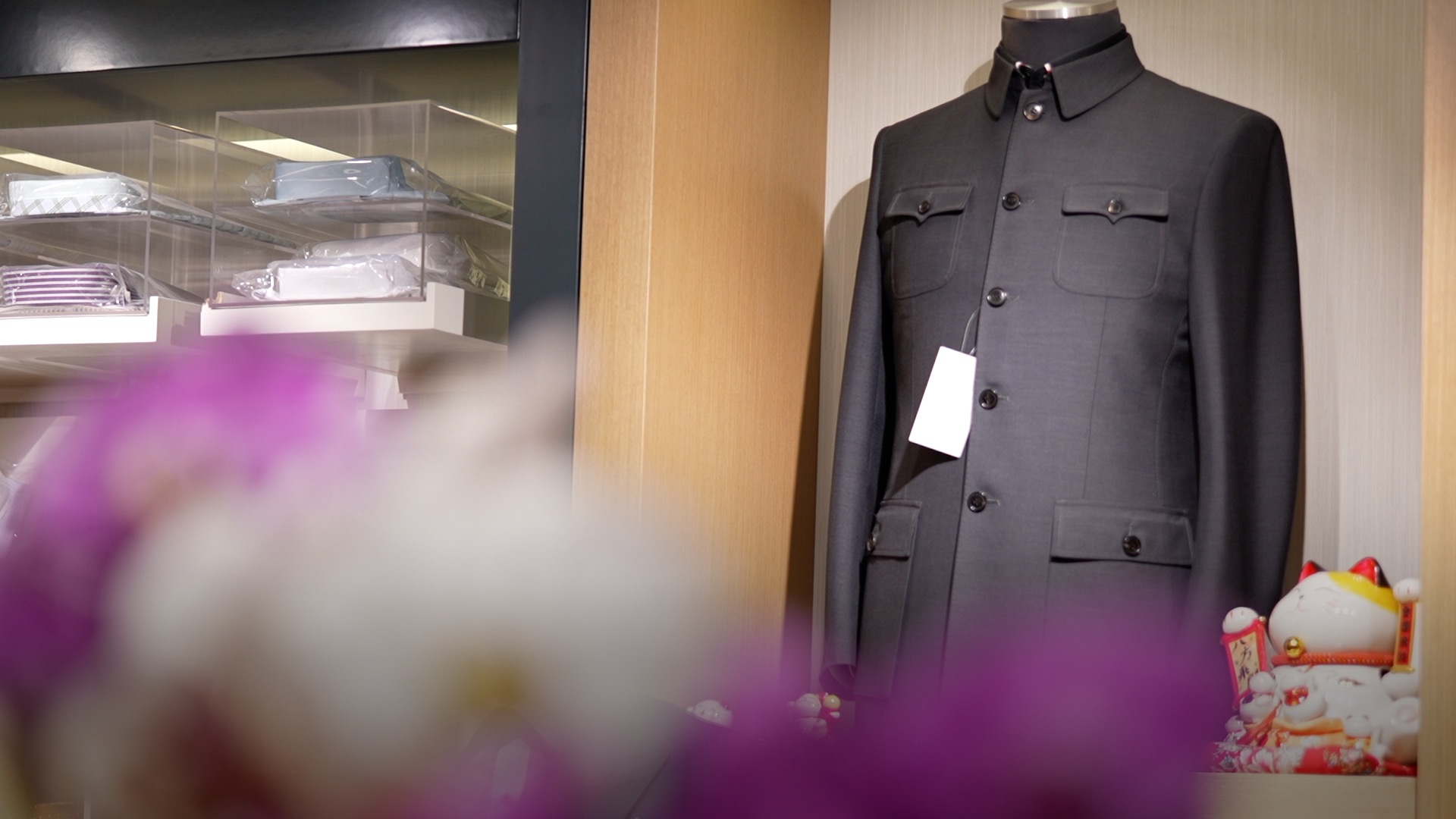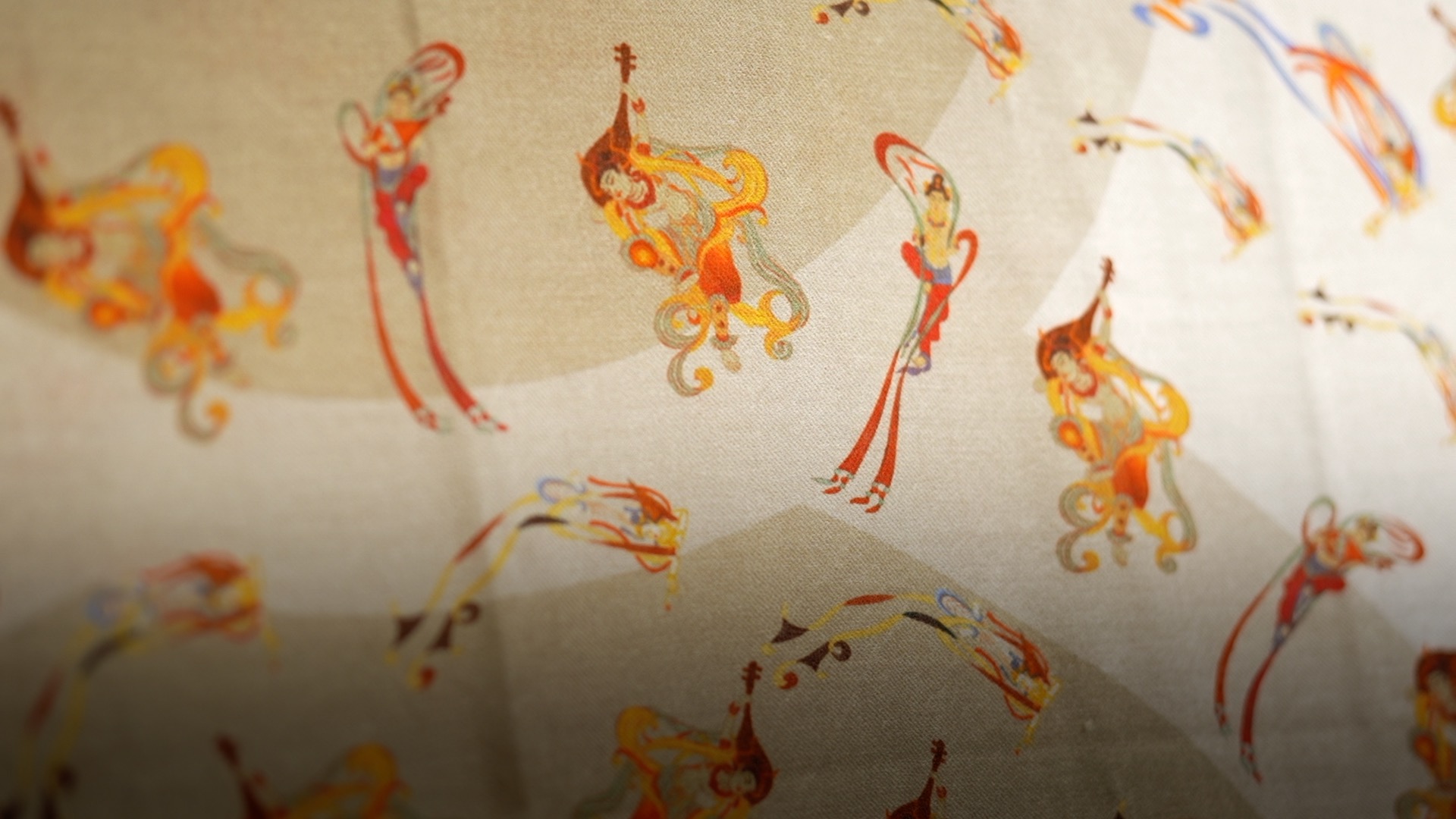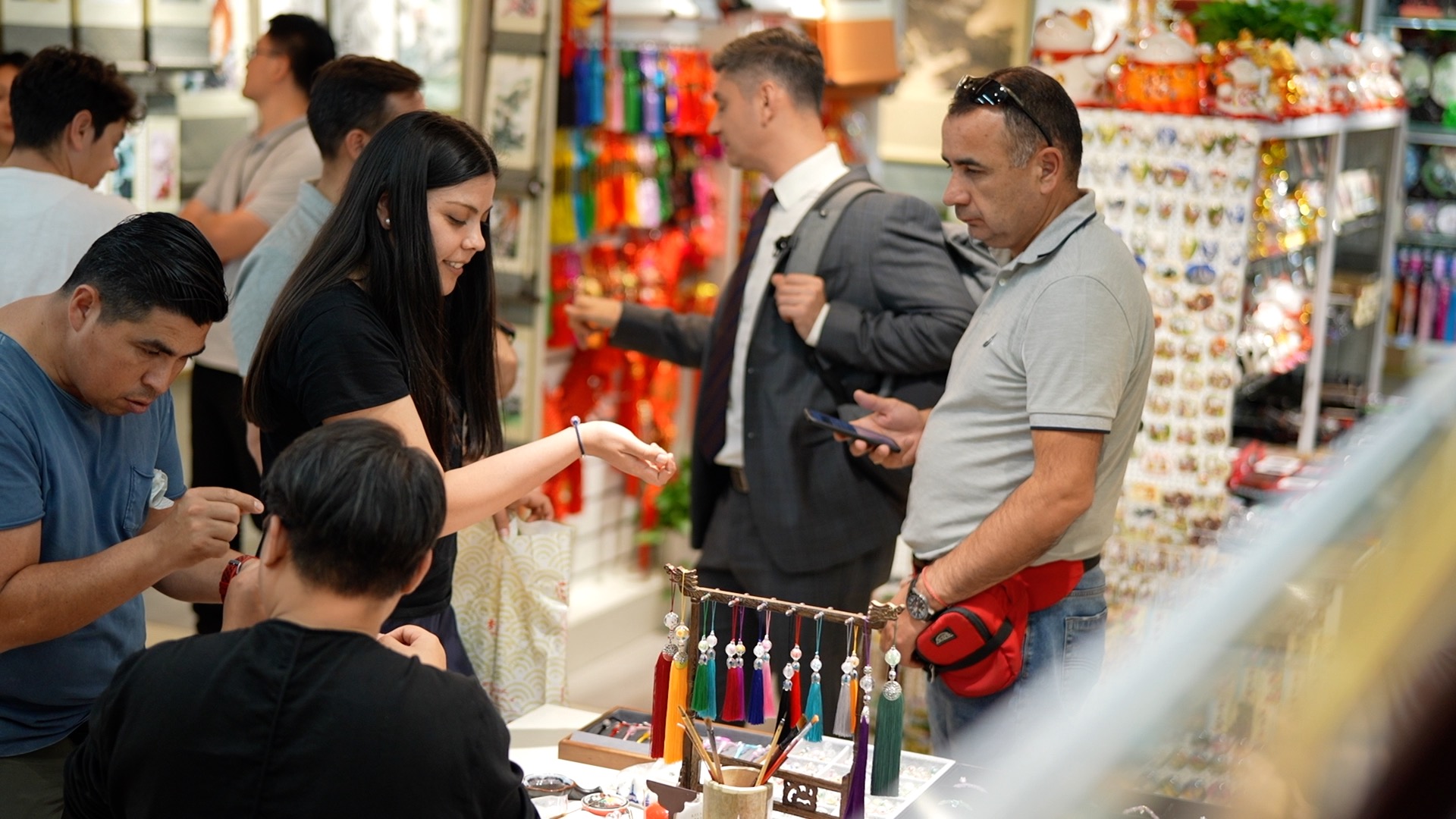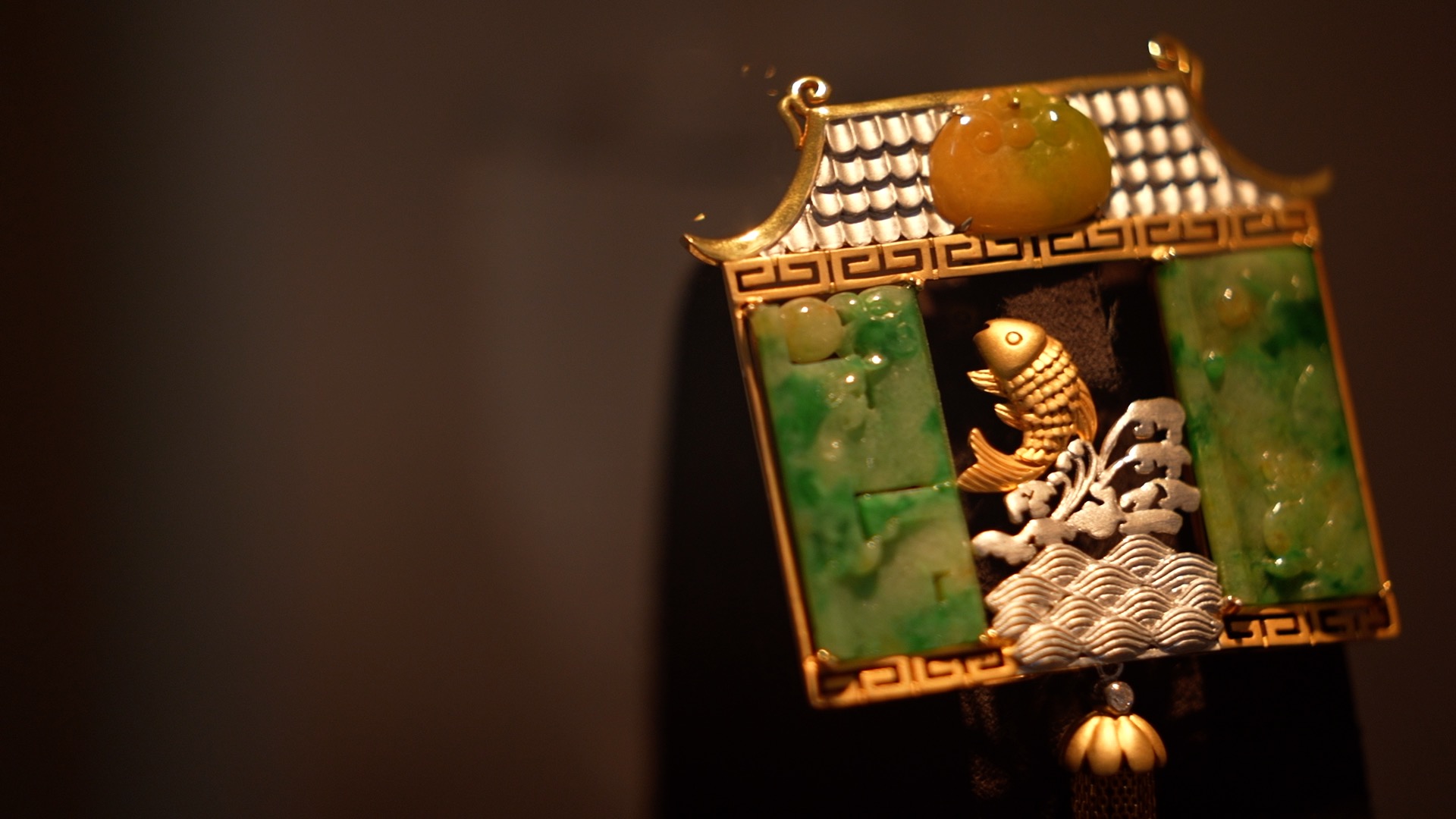The third Belt and Road Forum opens in Beijing on October 17th, marking the 10th anniversary of the Belt and Road Initiative (BRI). As foreign dignitaries gather in the capital to discuss official agendas, they and their entourages will also be eager to explore the city's unique attractions, with one particular destination catching their attention: the Silk Street Market. We find out why the market always attracts so much foreign attention, and how it in many ways reflects China’s own transformative changes.
04:57

In the heart of Beijing lies a place steeped in history and pulsing with the spirit of international exchange – the Silk Street Market.
Searching for anything from silk scarfs and tailor-made suits to a variety of traditional Chinese handicrafts, overseas tourists flock there to get made to measure and collect some souvenirs to take home.
Known for hosting presidents and political elites from various countries all year round, the Silk Street Market has become the designated reception venue for major international events such as the 2022 Beijing Winter Olympics and the China International Fair for Trade in Services.
As Beijing gears up for the third Belt and Road Forum, this iconic market is offering something unique for the special occasion.

A silk scarf that showcases murals from the Mogao Caves in Dunhuang is photographed at the Silk Street Market in Beijing. /CGTN
A silk scarf that showcases murals from the Mogao Caves in Dunhuang is photographed at the Silk Street Market in Beijing. /CGTN
Dong Qing, president of the Beijing Silk Street Co., told CGTN that they specifically searched for culturally themed products related to the Silk Road for the 10th anniversary of the Belt and Road Initiative.
"We have collaborated with the Dunhuang Academy and come up with products inspired by the world-renowned Mogao Caves along the ancient Silk Road. We used digital scanning and printing methods to reproduce the murals from the Mogao Caves onto silk," she said.
Dong hoped that after the meeting, they would all return home with products that reflect the beauty and traditional culture of China's various regions.
The Silk Street Market in Beijing goes beyond being a mere marketplace. As China continues to engage with the world, the market stands as a vivid testament to the nation's transformative achievements and its eagerness to connect with people from all corners of the globe.
Dong explained that the market's English name pays tribute to ancient times when merchants and foreigners were enchanted with Chinese silk and wanted some for themselves.
"As a trade center connecting people around the world, the Silk Street Market also stands testimony to China’s reform and opening up, as well as to the fruitful results of the Belt and Road Initiative over the past ten years," she said.
Just like the ancient Silk Road that once united distant lands, the Silk Street Market has now grown into a thriving trade center connecting people from far-flung corners of the world.

Tourists from overseas appreciate a variety of traditional Chinese handicrafts at the Silk Street Market in Beijing. /CGTN
Tourists from overseas appreciate a variety of traditional Chinese handicrafts at the Silk Street Market in Beijing. /CGTN
Irene Eshuis, a visitor from Holland, expressed her appreciation for the intricate porcelain displayed in the Silk Street Market and said she thought porcelain could help bridge the cultures between the two countries.
"We also had porcelain in Holland and in the olden days, the Dutch people would bring them back from China to Holland. And the Chinese do the same with Dutch vases patterned with tulips and flowers," she added.
For Yousuf Dong, who has been living in Beijing for three years, the overall shopping experience was great. He told CGTN: "I can communicate well with the shop owners. They understand the specific needs of foreigners and there are no communication issues, so many people come here."
This is also a sentiment shared by the stall owners, many of whom find it a rewarding experience to help overseas customers discover China's cultural gems.
Zhang Xiaoqin, owner of the Lena Tailor stall, told CGTN that many customers like to have hunting suits and Zhongshan – or traditional Chinese suits - made. "They really like them (the Zhongshan suits). Basically, when they come here, most people will have a Zhongshan suit made," Zhang said.

A piece of jewelry featuring traditional Chinese elements is on display at the Silk Street Market in Beijing. /CGTN
A piece of jewelry featuring traditional Chinese elements is on display at the Silk Street Market in Beijing. /CGTN
Looking ahead, the market aims to demonstrate not only the rising power of the "Made in China" brand but also the growing excellence associated with "Designed in China."
By spotlighting the quality of the goods and the profound richness of Chinese culture, the Silk Street Market will continue to captivate and inspire visitors from around the globe.